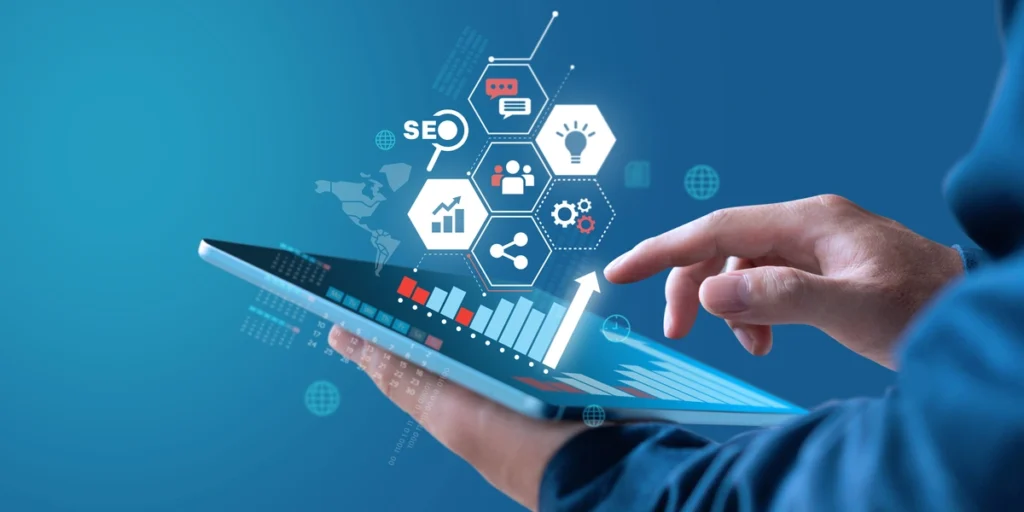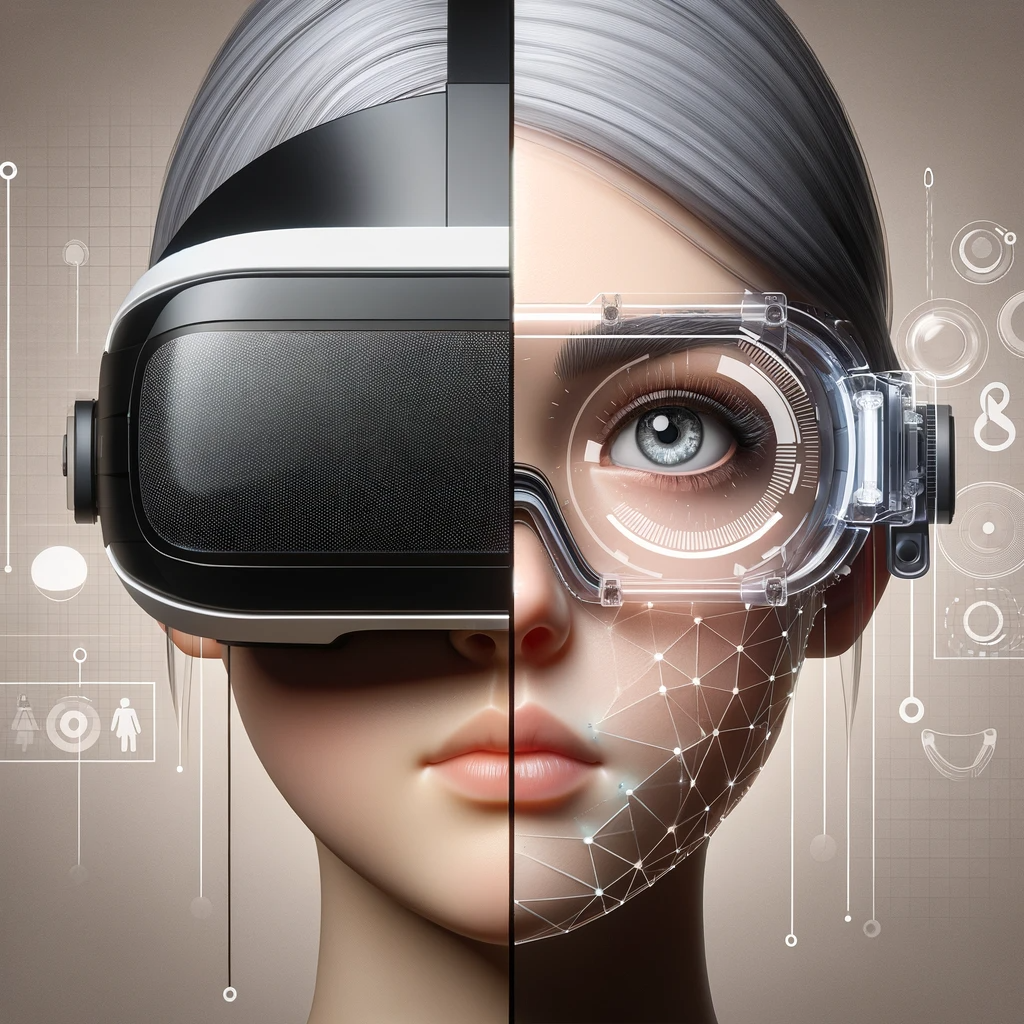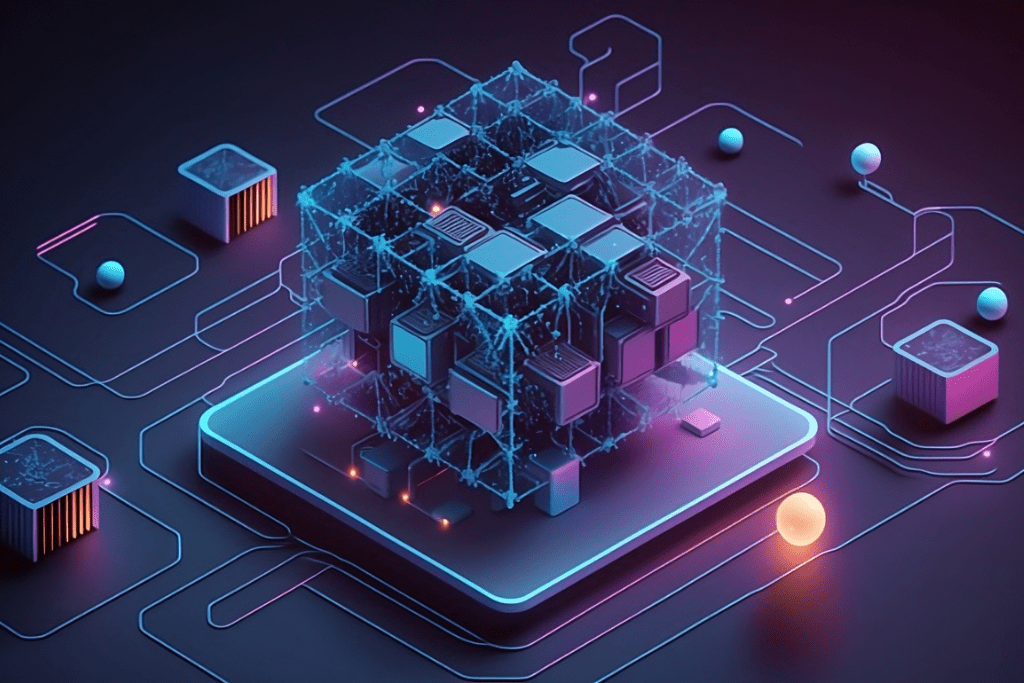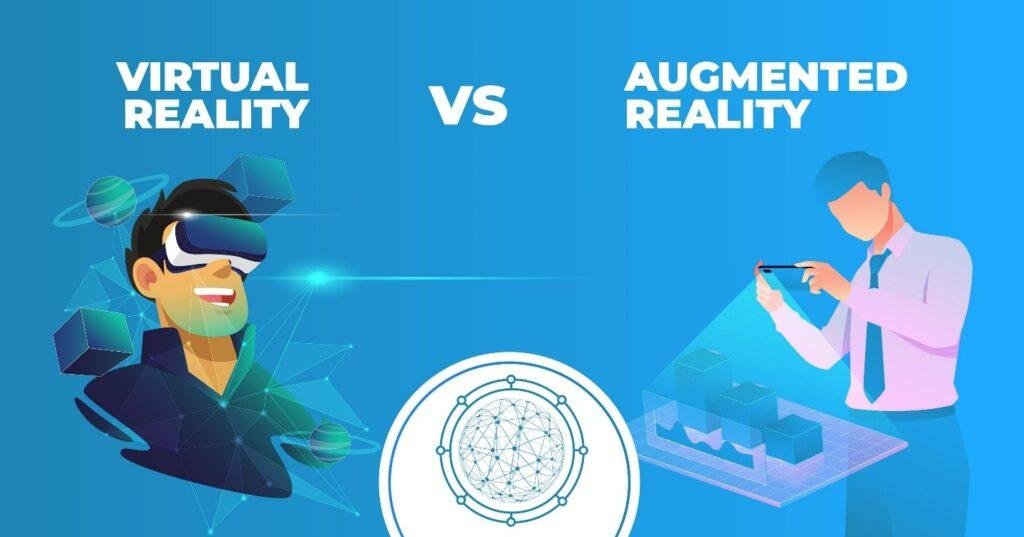The ethics of technology
This topic examines the ethical considerations surrounding the development and use of technology, such as privacy, surveillance, cybersecurity, and data collection.
The rapid advancement of technology has brought about unprecedented opportunities and benefits, but it has also raised several ethical considerations that must be addressed.

The use of technology has created new ethical dilemmas that challenge our values, beliefs, and principles. Issues such as privacy, surveillance, cybersecurity, and data collection have become increasingly relevant in today’s society. In this article, we will explore the ethics of technology and the challenges it poses.
Technology often threatens the fundamental right to privacy. The internet and social media have made it easier than ever before to collect, store, and share personal data.
This data can create detailed individual profiles, susceptible to exploitation for commercial, political, or criminal purposes. The ethical challenge of technology lies in balancing the benefits of data collection with the protection of privacy.
It is crucial to develop regulations and guidelines that safeguard personal information while still allowing for the advancement of technology.
Surveillance is another ethical issue that arises from the use of technology. Surveillance serves to maintain law and order but can also infringe on civil liberties and violate privacy.
The use of surveillance technologies such as CCTV cameras, facial recognition, and tracking devices has increased significantly in recent years. The ethical challenge of technology lies in balancing the benefits of surveillance with the protection of civil liberties.
Developing regulations and guidelines is crucial to ensure responsible and ethical use of surveillance technologies.
Cybersecurity is an essential component of the ethical use of technology. The internet and other digital technologies are vulnerable to cyber-attacks, which can result in the theft of personal information, financial data, and intellectual property.
The ethical challenge of technology lies in developing effective cybersecurity measures that protect against cyber-attacks while still allowing for the advancement of technology. This requires a collaborative effort between technology companies, governments, and consumers to ensure that cybersecurity remains a top priority.
Data collection is an ethical issue that arises from the use of technology. The collection of personal data has become an essential part of modern business, but it also raises concerns about privacy and consent.
The ethical challenge of technology involves ensuring ethical and informed consent in data collection. It is crucial to develop regulations and guidelines that ensure responsible and transparent data collection practices.
The ethical challenges of technology require collaboration among stakeholders like technology companies, policymakers, and consumers.
Companies must responsibly develop and use technology, considering its ethical implications.
Policymakers, in turn, should create regulations safeguarding privacy, civil liberties, and cybersecurity while promoting technological advancement. Consumers must understand the ethical implications of technology and be empowered to make informed decisions about its use.
One of the key ethical considerations in technology is the responsibility of technology companies. Technology companies must ensure their products and services are ethically designed and used.
They must consider the potential impacts of their products and services on privacy, civil liberties, and cybersecurity. Companies must also transparently disclose their data collection practices and provide clear information about how they use personal data.
Another ethical consideration in technology is the role of policymakers. Policymakers must develop regulations to protect privacy, civil liberties, and cybersecurity while fostering technological advancement.
They must also ensure that technology companies uphold ethical standards and hold them accountable for any unethical practices.
Conclusion
Finally, consumers also have a role to play in the ethical use of technology. Consumers need to understand the ethical implications of technology and have the power to make informed decisions about its use.
We need education and awareness to understand the risks and benefits of technology. Along with providing consumers with tools to protect their privacy and security. 바카라사이트



















